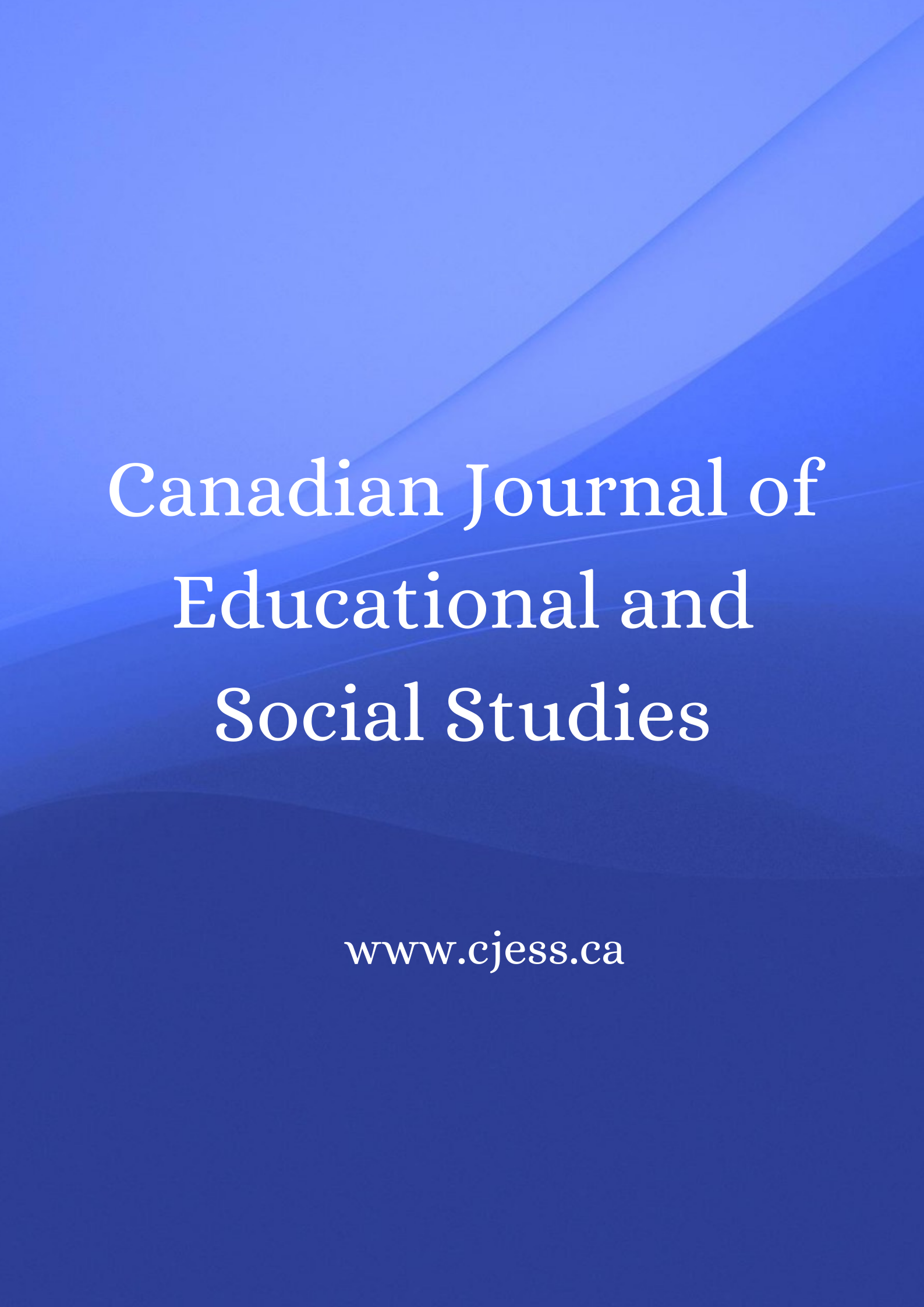Beyond Boundaries: Exploring the Reality of Territory And Social Diversity And Intercultural Binders
DOI:
https://doi.org/10.53103/cjess.v4i3.251Keywords:
Territory, Social Diversity, Border, Education, Intercultural BinderAbstract
Mulhouse's Foundry district, a politically designated area of the city, is known for its socio-economic challenges as a low-income neighborhood. Despite hosting a faculty, the district remains marked by social compartmentalization among its diverse population. However, recent socio-educational initiatives, including programs like "French as Language of Integration," implemented within the faculty, have sparked changes in perceptions among residents, students, and university staff. This heuristic study delves into the intricate mechanisms and complexities associated with territoriality, boundaries, and social diversity, with a specific focus on examining the impact of socio-educational interventions in the vibrant and poor Foundry district of Mulhouse.
Downloads
References
Bulmer, M. (1984). The Chicago school and the historical sensibility. In M. Bulmer (Ed.), Essays on the history of British sociological research (pp. 99-122). Cambridge, UK: Cambridge University Press.
Decroly, J. M. (2000). Frontières, discontinuités spatiales et territoire. Chapitre de l’ouvrage Régimes démographiques et territoires: les frontières en question (Actes du colloque de La Rochelle, 1998).
Fischer, G. N. (1997). La psychologie sociale. Seuil.
Frémont, A., Chevalier, J., Hérin, R., & Renard, J. (1984). Géographie sociale. Masson.
Guichonnet, P., & Raffestin, C. (1975). Géographie des frontières. In Revue de géographie alpine, tome 63, n°2, 1975. p. 307.
Hofstede, G. (1997). Cultures and Organizations: Software of the Mind (Intercultural Cooperation and Its Importance for Survival). McGraw-Hill.
Joseph, I., & Grafmeyer, Y. (2009). L’École de Chicago: Naissance de l’écologie urbaine. Flammarion.
Labelle. (1999). Retrieved from http://journals.openedition.org/leportique/275
Lamont, M., & Molnár, V. (2002). The study of boundaries in the social sciences. Annual Review of Sociology, 28, 167-195.
Maurice, B. (2012). Espace, inégalité et transaction sociale. SociologieS [En ligne], Débats, mis en ligne le 27 janvier 2012, consulté le 08 octobre 2021. URL: http://journals.openedition.org/sociologies/3832. https://doi.org/10.4000/sociologies.3832
Mead, G. H. (1922). A behavioristic account of the significant symbol. The Journal of Philosophy, Psychology and Scientific Methods, 19(6), 157-163.
Meyer, E. (2021). The culture map. Public Affairs.
Park, R. E., & Burgess, E. W. (1921). Introduction to the science of sociology. In R. E. Park, E. W. Burgess, & R. D. McKenzie (Eds.), Introduction to the science of sociology (pp. 1-30). University of Chicago Press.
Paquot, T. (2012). En lisant Georg Simmel. Hermès, La Revue, 63, 21-25. https://doi.org/10.4267/2042/48312
Paquot, T. (2019). En lisant Georg Simmel. Hermès, La Revue, 2012/2 (n° 63), p. 21-25. Retrieved from https://www.cairn.info/revue-hermes-la-revue-2012-2-page-21.htm
Vitoux, M. (2007). SACM, Quelle belle histoire! De la Fonderie à l'Université, Mulhouse, 1826-2007. La Nuée Bleue.
Vitoux, M. C., & Kammerer, O. (2004). Villes et frontières sociales : approche historique. In Bulletin de l'Association de géographes français, les frontières dans la ville / Problématique urbaine en Suisse, sous la direction de Jean-Luc Piermay et Rita Schneider-Sliwa (pp. 521-530).
Downloads
Published
How to Cite
Issue
Section
License
Copyright (c) 2024 Holly Many

This work is licensed under a Creative Commons Attribution 4.0 International License.
All articles published by CJESS are licensed under the Creative Commons Attribution 4.0 International License. This license permits third parties to copy, redistribute, remix, transform and build upon the original work provided that the original work and source is appropriately cited.


